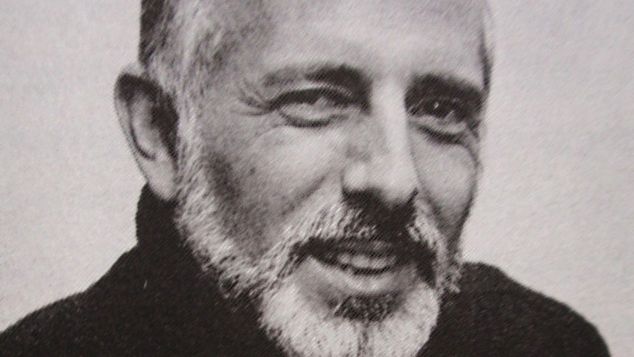Jerome Robbins made his mark in cinema and theatre
Jerome Robbins first developed an interest in dance as a high school student. At university he enrolled in chemistry but dropped out to pursue his love of dance.
He joined the company of Senya Gluck Sandor, a leading exponent of expressionistic modern dance, Sandor suggested he changed his name from Rabinowitz to Robbins. He also began studying ballet and other forms of dance.
He began working as a dancer in revue shows, and later joined the Ballet Theatre, which is now known as American Ballet Theatre. It was here he choreographed a work known as Fancy Free, a comical ballet about sailors on shore leave.
It later morphed into the musical On the Town and saw the start of Robbins Broadway career. The 1944 musical was a collaboration between Robbins choreography, music from Leonard Bernstein and a story written by Betty Comden and Adolph Green.

Robbins went on to create several more musicals for Broadway, and in 1947 he added another string to his now when he began studying acting and directing. Robbins was one of the inaugural members of The Actor’s Studio, among his classmates were Marlon Brando, Sidney Lumet and Montgomery Cliff.
Throughout the 1940s and 1950s he continued dividing his time between the worlds of ballet and Broadway. Working on musicals including The Pajama Game, The King and I and Peter Pan. More success came with West Side Story and Gypsy. In the 1958 he established his own small dance company, and it made its debut at Gian Carlo Menotti’s Festival of the Two Worlds in Spoleto, Italy.
Robbins was called before the House Committee on Un-American Activities and asked to name suspected communist sympathisers. Robbins admitted he had been a member of the communist party in the past but declined to name other members. Later under threats of his homosexuality being revealed he told the committee a list of people he believed to be communists.
Many of the people he named struggled to work in the entertainment industry after being blacklisted, but Robbins career continued to flourish. In 1960 West Side Story was adapted for the screen. Robbins was given the directing job, but because of his lack of experience in film Robert Wise was appointed co-director.
The film fell behind significantly schedule and over budget, and after 45 days of shooting, the production was 24 days behind schedule. Robbins was fired by the producers. West Side Story would go on to be a huge success and win 11 Academy Awards, including two for Robbins.
He’d continue to have success on Broadway with Fiddler on the Roof, which won him Tony Awards for direction and choreography. He also continued to work as a ‘show-doctor’ assisting productions that were floundering. Funny Girl and A Funny Thing Happened on the Way to the Forum were two well-known shows that only found success after Robbins tinkered with them.
Robbins was bisexual and is known to have romances with many famous people including actor Montgomery Cliff, ballerina Nora Kaye and dancer Buzz Miller.
In the 1990s’ Robbins faced a series of health challenges, a bicycle accident left him incapacitated, and in 1994 he underwent heart valve surgery. In 1996 he began to show signs of Parkinson’s disease. In 1998 he staged his final work, the ballet Les Noces. He died two months later on 29th July, not long after he suffered a stroke.
The lights on Broadway were dimmed for a moment out of respect for his life’s work.




